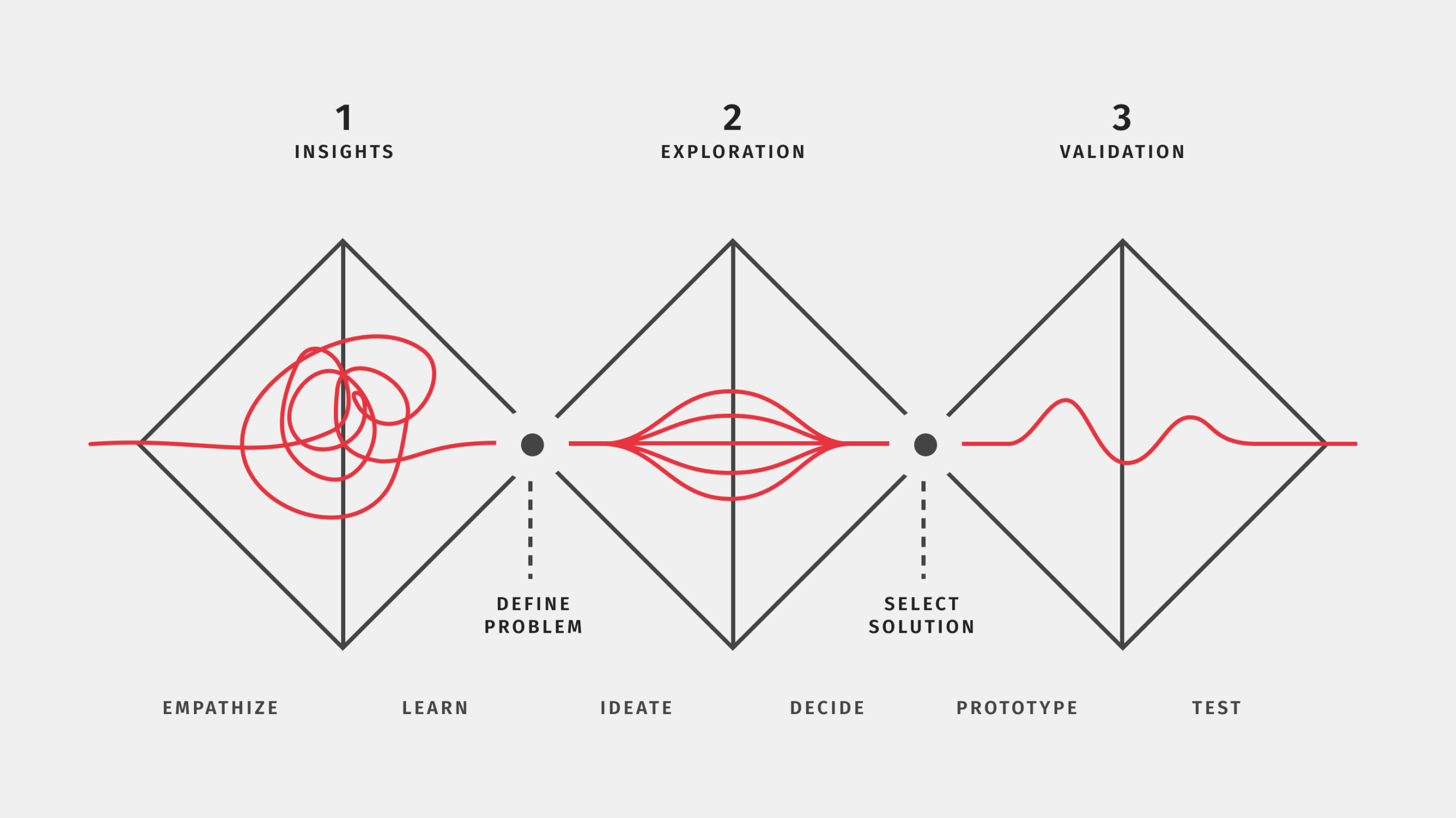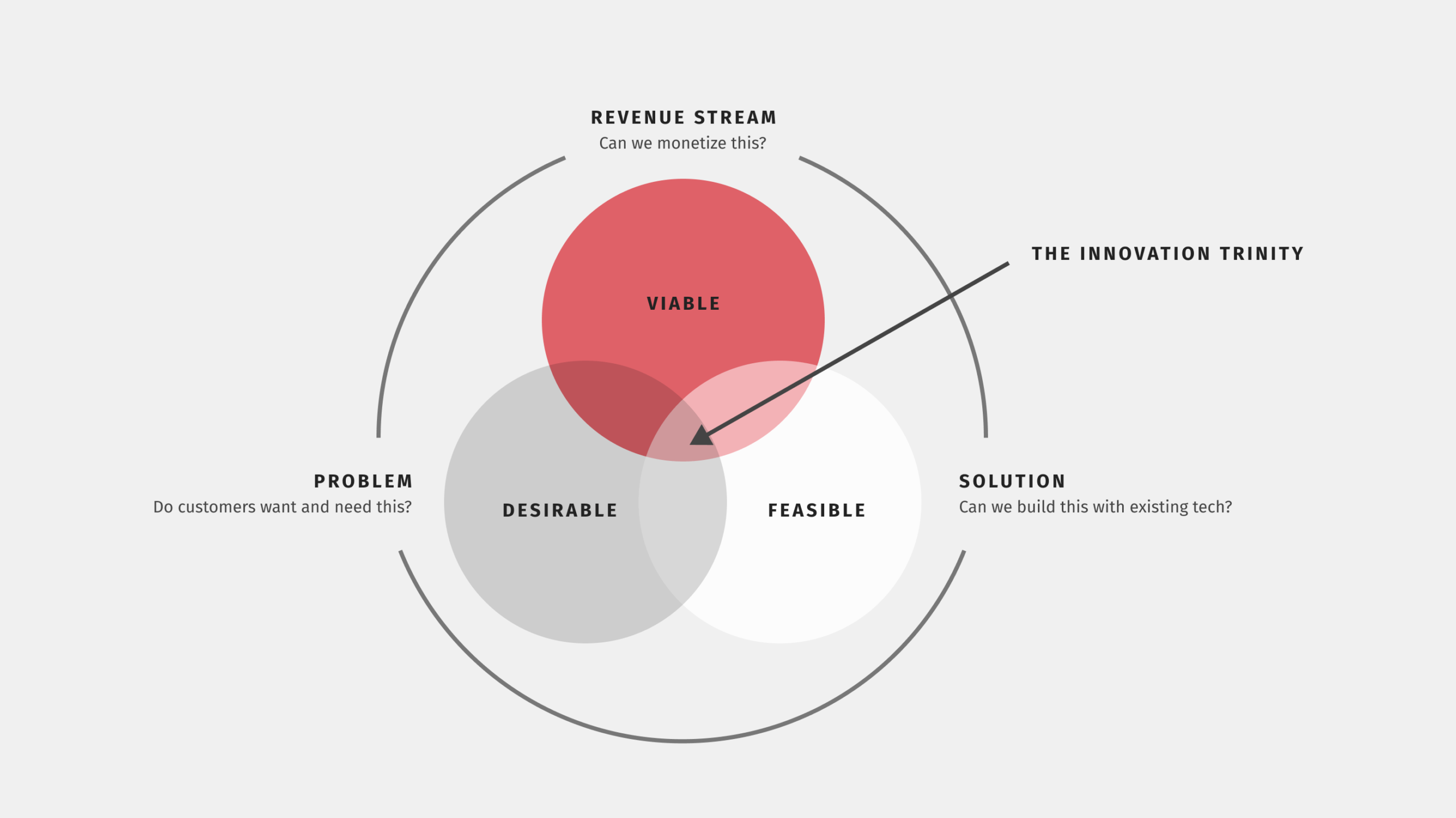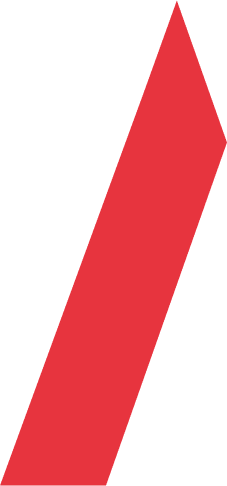We used the design thinking framework to put a product on our client’s roadmap by challenging a hypothesis, crowdsourcing concepts, and validating a potential solution with their existing customers.
Our client
A major consumer product company and household name (specific details obfuscated due to confidentiality)
The challenge
Early in 2021, our client noted that many professionals lacked the adequate tools to perform their jobs efficiently in the new work-from-home/hybrid model. They needed an unbiased perspective to find out more about what specifically was lacking from this audience’s tool set where they were experiencing friction in their workflows.
Gaining deep insights
Our client needed fact-based evidence that a sizeable market opportunity existed to garner support and mobilize their organization.
The Design Thinking framework helped us produce evidence-based insights and deeply understand the user’s challenge. We started with desk research, evaluating how current solutions on the market held up against the contextual shift in people’s working habits.
To explore this further, we recruited individuals who matched our client’s target persona from all over the USA to participate in remote 1-on-1 interviews where we learned about their experiences and what they were struggling with (and, in some cases, succeeding).
Our research insights and the corresponding data presented our client with the evidence to rally support within their organization and the confidence to proceed to the next phase: exploring solutions.
Date
2021
Skills
Primary & Secondary Research
Workshop Facilitation
Industrial Design
UX/UI Design
Physical Prototyping
Frameworks
Design Thinking
Business Model Canvas
Value Prop Canvas
Lean Startup
Tools
Figma
Miro
Zoom

Exploring solutions
Seeking the right solution is an exercise in divergent thinking; one must explore all the options, leave no stone unturned, and find unique angles. We took an effective and efficient approach by running a co-creation workshop to generate ideas. One must explore all the options, leave no stone unturned, and find unique angles. We took an effective and efficient approach by running a co-creation workshop to generate ideas.
We invited a diverse team from our client’s multiple business units to help us find solutions from various perspectives. Each concept was measured against stringent criteria based on insights and the user’s jobs-to-be-done from the previous research phase.
When the workshop was over, our team shaped the top ideas into creative territories: loosely constructed concepts designed to stimulate discussion and further refinement. To help visualize these concepts, we produced low-fidelity prototypes and ran an additional round of interviews with participants matching our target profile to test our ideas.
The feedback was insightful, helping us direct our efforts and prioritize features for the customers.
Validating our solution
Well into the convergent phase of the design thinking process, we aimed to test a solution and conclusively address the target audience’s challenges.
By applying what we’d learned from the previous two rounds of interviews, we iterated on our concepts to produce higher fidelity prototypes, this time comprising hardware and software.
We then conducted in-person interviews at our Vancouver studio, asking participants to use our prototype and walk us through their experiences. The room was equipped with a camera array to document our participant’s feedback, body language, and facial expressions and record their actions in the software.

Our evaluation criteria of the potential solutions hinged on the following factors:
- Desirability (Do customers want and need this?)
- Feasibility (Can it be achieved with existing tech?)
- Viability (Can we monetize this?)
Results
Our team delivered conclusive, customer-validated evidence that our proposed solution addressed their customer’s needs, was feasible to produce and had a viable business model to justify their actions and make a return on investment.
Discuss your project
Great things happen when good people connect. Leave us your details, and we’ll get back to you.
By sending the information in this form, you agree to have your personal data processed according to A-CX’s Privacy policy and Cookie policy to handle the request and respond to it.



